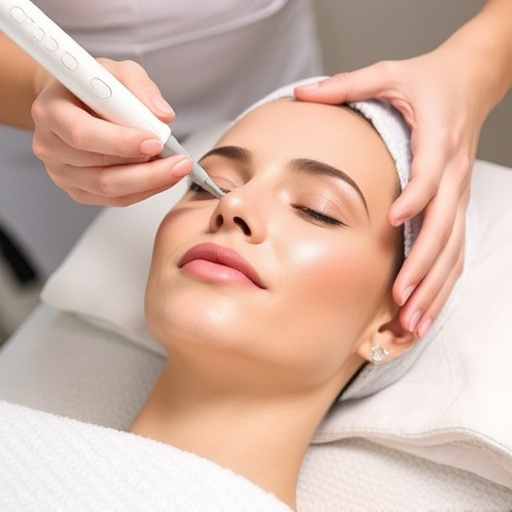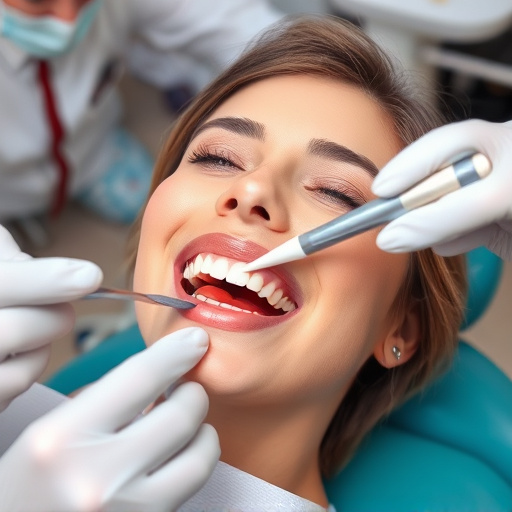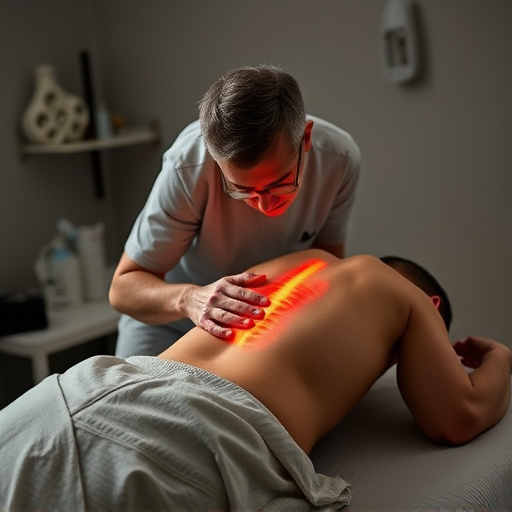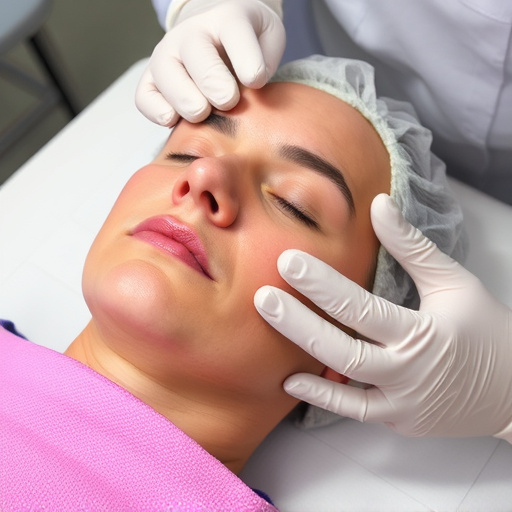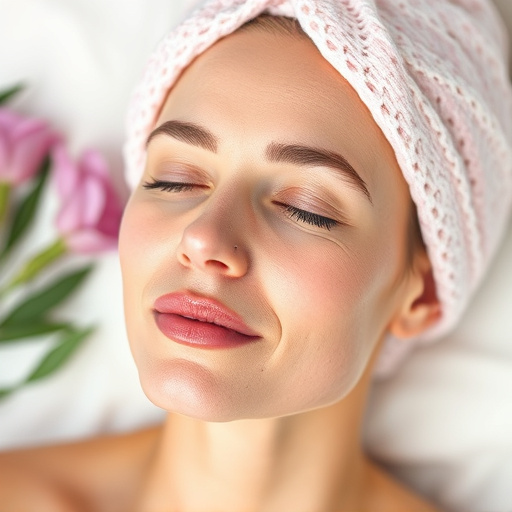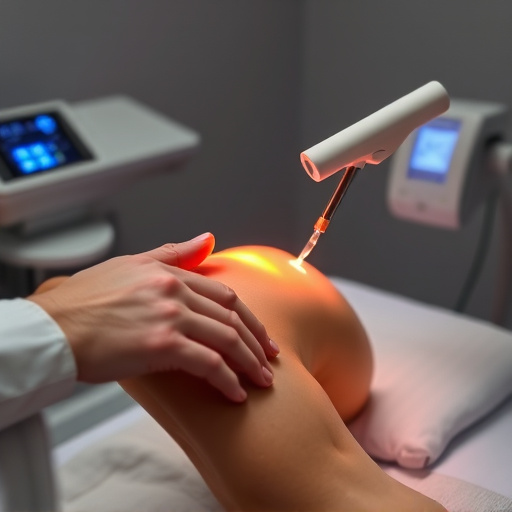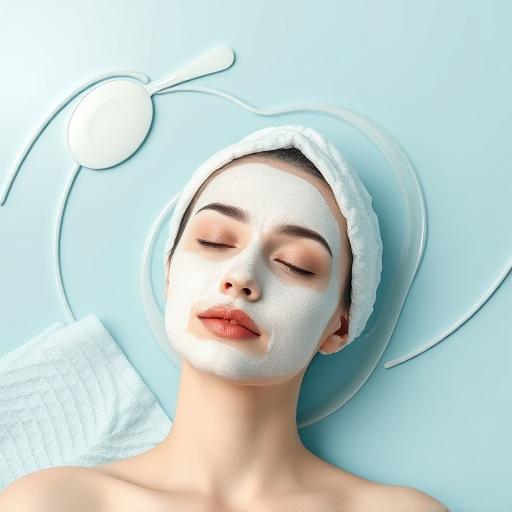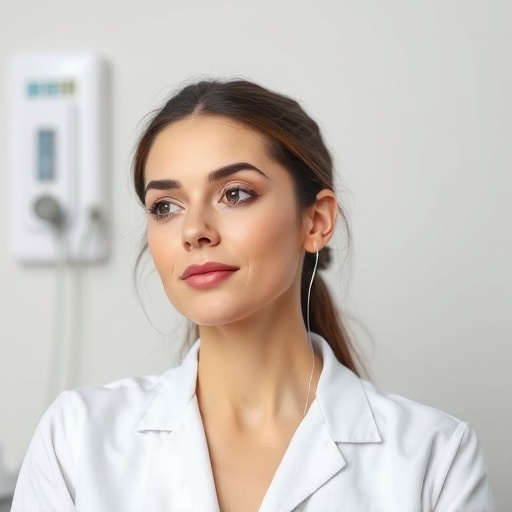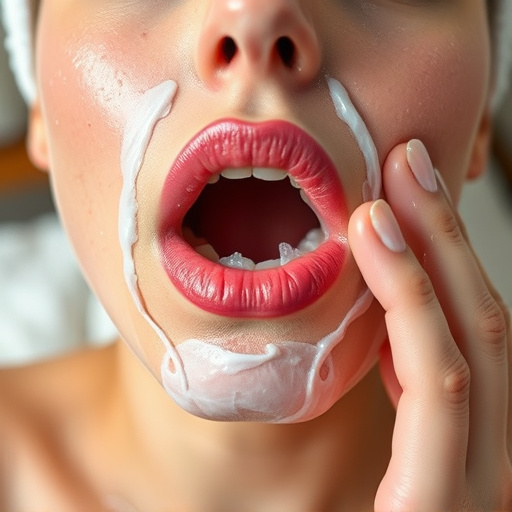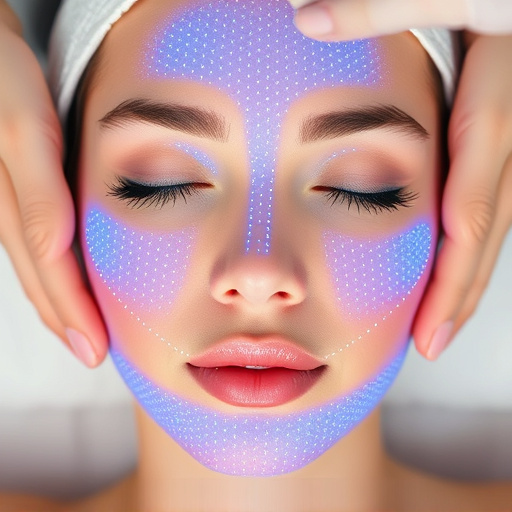Maintaining safe laser procedures is a multi-faceted approach for clinics, focusing on comprehensive protocols that protect patients and staff. This involves understanding laser properties, material interactions, and potential skin side effects, as well as proper equipment like high-quality lasers with real-time monitoring. Skilled staff interpret safety data sheets, conduct thorough patient screening, and adhere to stringent regulations. Regular training on specific laser technologies, their side effects, and compliance with PPE protocols are essential for minimizing risks and maximizing patient satisfaction in aesthetic treatments while promoting overall skin health.
In today’s digital era, clinics are relying more on laser procedures for various treatments. Ensuring safe laser procedures is paramount to patient satisfaction and clinic reputation. This article explores three crucial aspects of laser safety in medical settings: understanding strict laser safety protocols, implementing essential protective equipment and measures, and providing comprehensive training for staff. By adhering to these guidelines, clinics can deliver high-quality care while minimizing risks associated with laser technology.
- Understanding Laser Safety Protocols
- Essential Equipment and Protective Measures
- Training and Compliance for Clinic Staff
Understanding Laser Safety Protocols

Maintaining safety during laser procedures is paramount for clinics to ensure effective and secure treatments. Laser safety protocols are comprehensive guidelines designed to protect both patients and healthcare providers from potential risks associated with lasers. These include understanding the specific properties of different lasers, their interactions with various materials, and the possible side effects on the skin. For instance, in procedures like microneedling therapy or laser hair removal, clinics must be adept at managing energy absorption and heat generation to prevent burns or tissue damage.
Skilled clinic staff undergo thorough training to interpret laser safety data sheets (LSDS) which detail the unique characteristics of each laser. They learn appropriate precautions, such as wearing protective eyewear and ensuring adequate ventilation. In addition, proper patient screening is crucial, assessing medical history, current medications, and any skin conditions that might interact with laser treatment for procedures like skin brightening. These safety measures collectively ensure that laser procedures are performed in a controlled environment, minimising risks and maximising patient satisfaction.
Essential Equipment and Protective Measures

To ensure safe laser procedures, clinics invest in specialized equipment designed to precisely deliver energy and minimize risks. This includes high-quality lasers that offer adjustable settings, allowing practitioners to tailor treatments for different skin types and conditions. Advanced technology also incorporates real-time monitoring systems that track patient responses during procedures, enabling quick adjustments for optimal results while minimizing side effects.
Protective measures are an integral part of maintaining safe laser procedures. Clinicians employ a range of safety gear, such as goggles to shield eyes from potential debris or burns. Additionally, patients are often provided with protective clothing and accessories to safeguard against accidental exposure. Regular maintenance and calibration of equipment further ensure precision and reduce the likelihood of complications, contributing to overall aesthetic treatments success and skin health.
Training and Compliance for Clinic Staff

Clinic staff play a pivotal role in ensuring safe laser procedures. Comprehensive training is imperative for all employees, from receptionists to technicians, to familiarize themselves with the specific lasers used and their potential side effects. This includes understanding the skin types and conditions that each laser treatment addresses, whether it’s for wrinkle reduction or other non-surgical treatments. Regular updates on safety protocols and new research in skin health are essential components of this training.
Compliance is equally vital. Clinics must adhere to stringent regulations and guidelines set by governing bodies to maintain a safe environment. This involves proper waste management, sterilization of equipment, and adherence to personal protective equipment (PPE) protocols. By ensuring staff are well-trained and compliant, clinics can maximize the benefits of laser procedures while minimizing risks, contributing to overall skin health and patient satisfaction.
Clinics prioritize patient safety during laser procedures by adhering to strict protocols, utilizing specialized equipment, and ensuring staff are adequately trained. From understanding laser interactions to implementing protective measures, every step is crucial in maintaining a secure environment. Regular compliance with these guidelines ensures that patients receive effective and safe laser treatments, fostering trust in the clinic’s expertise and professionalism.

